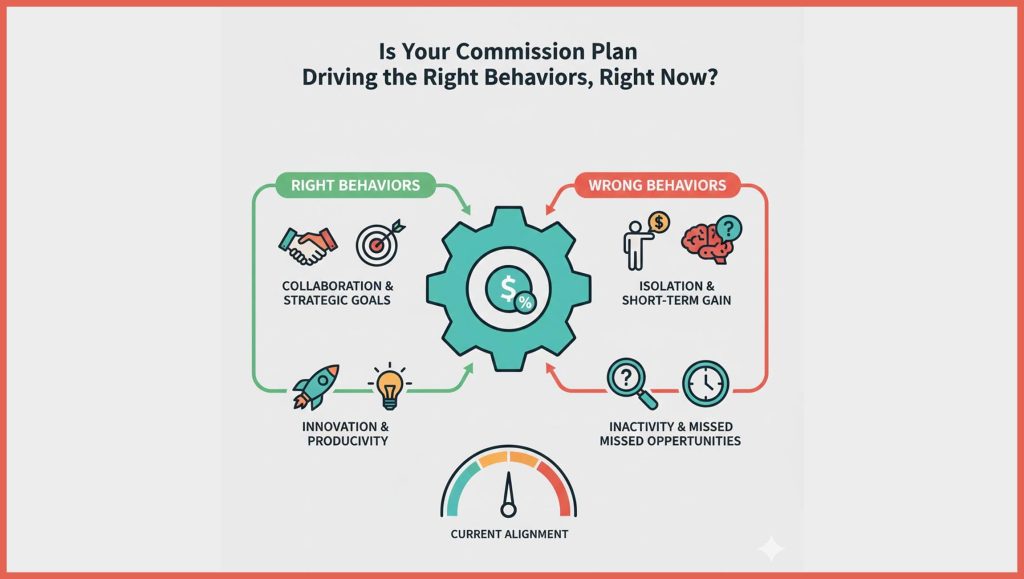War in Ukraine, Inflation and Labor Among the Factors Complicating a “Return to Normal”
A new survey of supply chain executives by Carl Marks Advisors, in partnership with SupplyChainBrain, underscores the deep and lasting impact of COVID-related supply chain disruptions. According to the research, more than half of all respondents don’t expect a return to a more normal supply chain until the first half of 2024 or beyond, while 22% say they expect disruptions to continue until the second half of 2023. They also see a number of threats clouding the picture and complicating a return of a more reliable supply chain, most notably the war in Ukraine (30%) and labor concerns (24%).
“This research underscores just how profoundly the pandemic impacted corporate supply chains, but also how economic conditions, rising inflation and global tensions are preventing a return to normal”
Read More: Apollo.io Brings Home the Gold in the 14th Annual 2022 Golden Bridge Awards
“This research underscores just how profoundly the pandemic impacted corporate supply chains, but also how economic conditions, rising inflation and global tensions are preventing a return to normal,” said Peter Keogh, Managing Director, Carl Marks Advisors. “In this environment, organizations will need to continue to be nimble, and be especially attentive to inventory levels. In the retail sector, for example, many companies overcompensated for supply chain disruptions by aggressively stocking products, and are now facing an inventory glut. We expect to see other industries struggle to recalibrate over the next year or two.”
According to the survey, 75% of supply chain executives said revenues at their company had been either negatively or very negatively impacted over the past year by supply chain issues. Ocean shipping was by far the leading broken transportation and logistics link, at 68%. The impact of the disruptions has been severe: 80% of respondents said their supply chain costs have risen by between 20-60% between December 2020 and December of 2022.
While supply chain executives have implemented a number of changes to mitigate the impact of disruptions – including keeping more inventory (30%), diversifying suppliers (27%) and using alternate ports (14%) – they have struggled to manage the cost of these new initiatives, with 55% of respondents saying their organizations have been forced to absorb more than a quarter of their supply chain cost increases.
Read More: SalesTechStar Interview with Art Harding, Chief Operating Officer at People.ai
A Return to Normal Isn’t Imminent
Looking forward, more than two-thirds of supply chain executives said they are “very concerned” that the U.S. economy could tilt into a recession over the next 12 months as a result of rising interest rates, high inflation and geopolitical uncertainty, and a resultant pull-back in consumer confidence. When asked what “magic levers” could potentially bring supply chain costs under control in 2022 and help mitigate uncertainty, ending the war in Ukraine (32%) and lowering fuel costs by 20 percent (31%) were the leading responses.
“With no apparent end to the Ukraine conflict in sight, we would expect fuel costs to continue to put pressure on supply chains for the remainder of the year, and possibly beyond,” added Keogh. “Moreover, with the U.S. economy potentially entering recession, we could see an extended period of uncertainty. In this environment, it will be incumbent on organizations to review their sales forecasting, continue to monitor their on-hand inventory levels, and revisit their procurement strategies.”





















